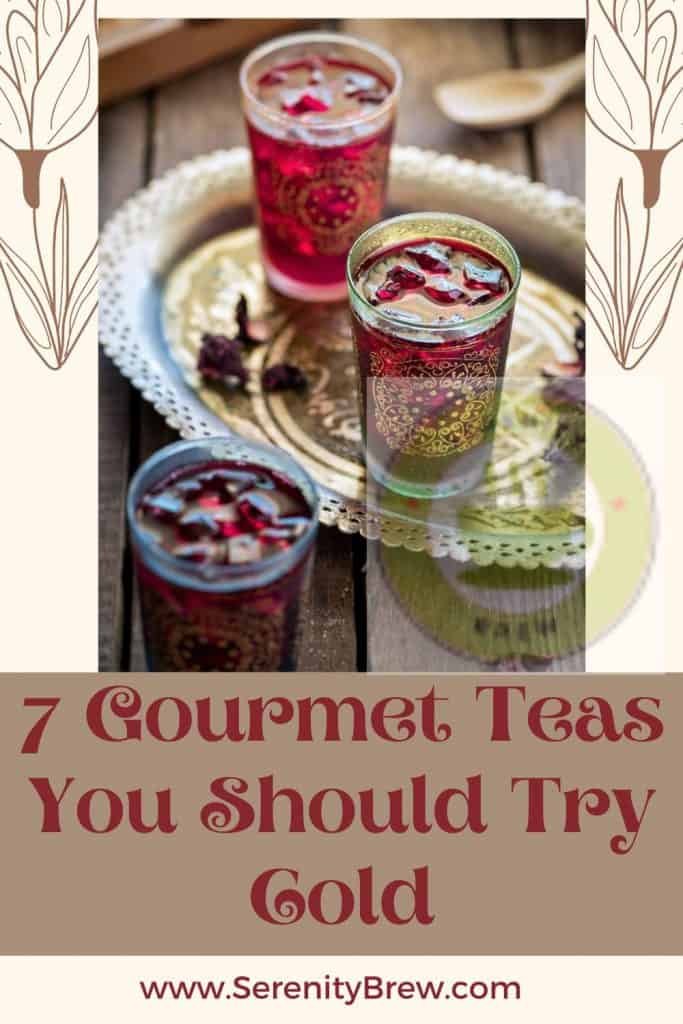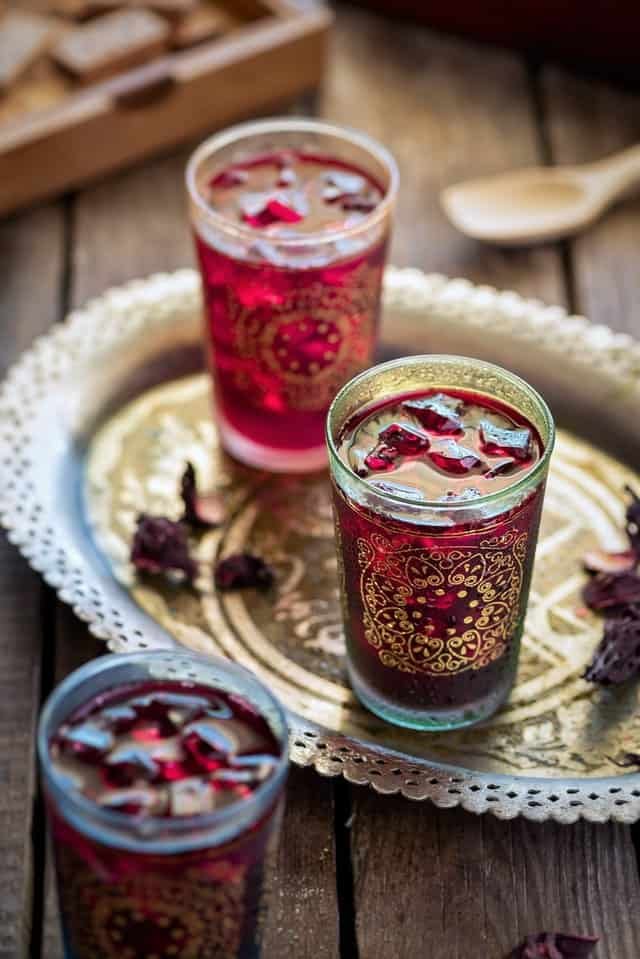
Have you noticed it too? The heat is coming and, let’s be honest, you don’t feel like a good cup of tea so much anymore, do you?
Do not! Good tea does not understand temperature. Here are a few ideas to replace your steaming hot cup of tea with a refreshing cold tea using varieties that are less common but highly appreciated by tea gourmets.
Good tea = good iced tea
Temperature affects how we perceive flavors. Although, in general, the intensity of the flavors is less when we consume cold food or drinks, the truth is that the temperature enhances some flavors and hides others.
In the case at hand, it is true that to appreciate all the nuances of a good tea, it is advisable to drink it hot. Now, using a quality tea to prepare it cold does not have to mean wasting it.
An iced tea can continue to meet the expectations of the very teapots if it is prepared with care and knowledge of the facts. The cold, apart from making the drink much more appetizing in some circumstances, can surprise you by revealing new faces of your favorite tea.
Using good tea as a starting point is one of the few secrets to making good iced tea.
Genmaicha
Genmaicha is a Japanese combination of green tea (usually sencha) and roasted grains of rice. Its infusion combines the herbaceous flavor of green tea with a pleasant roasted, slightly bitter and malted flavor of rice.
Genmaicha is widely consumed in Japan after meals, as it is considered digestive and purifying.
Cold genmaicha is excellent. Green tea, with a light body and refreshing flavor, gains nuances with the bitter touches of rice, which are accentuated by the low temperature. This iced tea is not easy to combine with additional ingredients but trust us, you don’t need anything else.
White tea with jasmine
For palates that love subtle flavors but with complex nuances, cold white tea is a good option. The combination with the delicate scent of jasmine is simply exquisite.
White tea is considered one of the most natural teas, as it goes through an extremely simple manufacturing process. Only the choicest leaves of the tea plant are harvested and dried. Although the cold version of this tea loses a bit in aroma, the jasmine flower still adds a wonderful touch to the smooth white tea.
If you have the option to get them, we recommend the so-called Dragon Phoenix Pearls. They are an exquisite variety of white tea with Chinese jasmine. To make them, the highest quality tea buds are rolled into small balls that are dried and flavored with jasmine petals six times.
Black tea with peach
Black teas tend to stand out for their intense and full-bodied flavors. Precisely for this reason, they are ideal for taking cold.
Most varieties of black tea make a good base for making your favorite iced tea blend. You can choose the malted flavors of Indian Assam, or the floral ones of Darjeeling, or opt for the aromas of cocoa typical of Chinese teas such as Keemun or Yingdehong.
Cold black tea wonderfully accepts combinations with fruit flavors. Peach is our favourite, but you can try many other fruits like melon, lemon or orange.
To prepare it, put a sliced ripe peach in a pan with half a glass of water and sugar to your liking. Cook over low heat until the peach falls apart when pressed. Let it cool down and mix it with your tea. Then mix it with the tea and let it chill in the fridge.
Cold matcha with watermelon
Matcha is possibly the crown jewel (or at least one of them) of Japanese teas. It is made by grinding tea leaves; that’s why it has that green powdery appearance.
Cold matcha is delicious and very easy to prepare. An unorthodox but effective way is to use a cocktail shaker or alternatively an empty water bottle. Add cold water and tea and make sure to leave a couple of centimeters of air. Shake vigorously until you get a good mixture and a foamy texture.
Matcha pairs well with sweet flavors. Cut up some watermelon, put it in a tall glass, add ice and the tea. The bright green of the tea and the red of the watermelon offer a colorful and ideal combination for a celebration, as well as a delicious taste.
Hibiscus with pomegranate
Granted, hibiscus infusion isn’t a real tea, but we’ve taken license to add it to the list.
Agua de Jamaica, as hibiscus is known in Latin America, is one of the most popular cold drinks in Central America. The sour and sweet flavor of this infusion is reminiscent of blueberries and is great cold.
It can be combined with fruits such as pomegranate or orange or with powerful flavors such as ginger. In Jamaica they make an adult version of this concoction, to which they add a little rum.
Green tea with mint
Green tea with mint is very popular in Morocco and other Maghreb countries. The truth is that in those parts they drink it hot despite the torrid temperatures, but we recommend it cold, at least in summer.
Green tea and its herbal flavors are always a good choice to prepare a good iced tea. With less body than black tea, it is ideal for preparing lighter drinks. On the other hand, the freshness of mint is unmatched.
To prepare this tea it is best to use fresh mint. As a base, you can use the usual Chinese Gunpowder. Mix the mint leaves when the infusion is hot and remember to remove both the tea and the mint when the appropriate time has elapsed. Don’t leave it too long or the mixture will turn bitter. Then chill it.
Earl Gray with almond milk
The citrusy aroma of bergamot from Earl Gray is delicious and refreshing in the cold version of this tea.
Prepare a pot of Earl Grey, let it cool down, then add half a glass of almond milk or another non-dairy milk of your choice. If you prefer, you can use cow’s milk or cream.
Adventurous palates can add a couple of cloves to the mixture and leave the mixture to macerate overnight in the fridge.
Tricks to prepare a good iced tea

Preparing a good cold tea has few secrets. The fundamental is, without a doubt, to use a good tea as a starting point. From here, prepare it correctly to respect its nature.
Carefully follow the manufacturer’s preparation instructions, noting the recommended water temperature and suggested standing times. Using water that is too hot will spoil delicate teas like white or green.
The quality of the water is important. Always try to use water that does not add any strange flavor to the mixture, in this case not only in the infusion, but also for the ice that you will use.
If you are going to add sweeteners, it is best to mix them when the drink is still warm or at room temperature. You will make sure that they dissolve well.
If you prepare an iced tea recipe with fruit, be patient. These teas gain a lot from standing. Better if you prepare them the day before and leave them in the fridge together with the fruit for a whole night.
